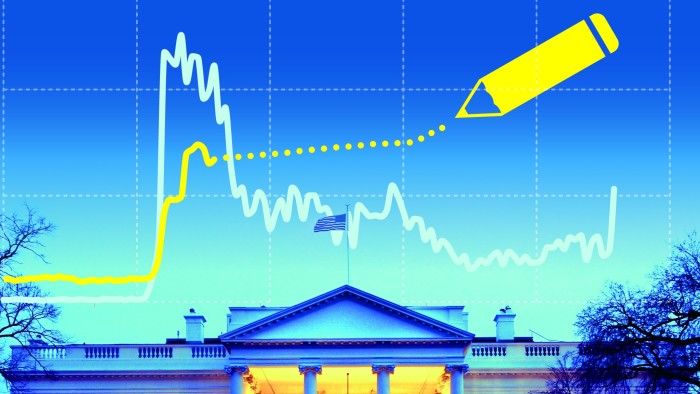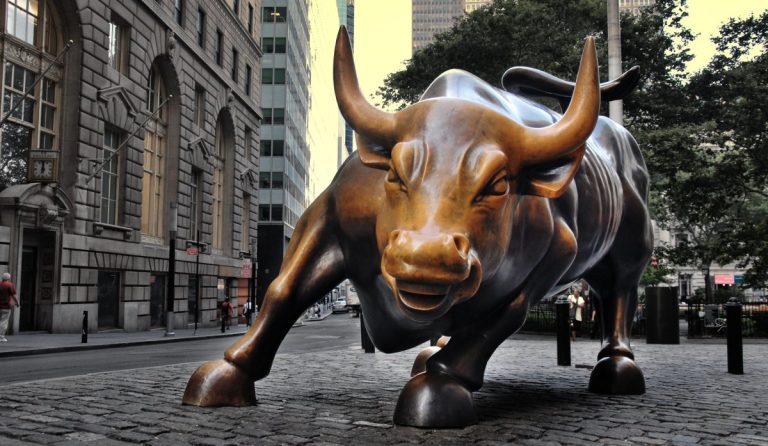Unlock the White House Watch newsletter for free
Your guide to what Trump’s second term means for Washington, business and the world
Donald Trump’s second term as US president has been dominated by a trade war of his own making, but tracking its impact has been far from straightforward.
Many executive orders imposing escalating tariff rates have been swiftly followed by White House climbdowns — the “Trump always chickens out”, or “Taco” theory.
US trade data published on Thursday provides the first opportunity to see how Trump’s “liberation day” trade war, unveiled on April 2, applied in practice that month. The “effective tariff rate” calculation cuts through the tangle of headline rates to measure the duties as a percentage of actual import value.
The charts below are all incomplete. They form an interactive test of the Trump Taco theory. How accurately can you fill them in?
Trade data for May is expected to show a higher effective tariff rate. The Yale Budget Lab estimated that all Trump’s duties in effect today would lift the effective tariff rate to at least 14.5 per cent, the highest since 1938.
Tariffs on iron and steel have been at the heart of Trump’s trade agenda as he attempts to revive the US’ manufacturing sector.
Official import data differentiates between iron and steel as raw materials and pre-manufactured items. Both of which were targeted by Trump in his first term, but not at the same intensity.
China has been hit with some of the steepest tariffs in Trump’s second term.
But Mexico, the single biggest US trade partner, was also an early target of Trump tariffs back in February. How do their rates compare?
Effective tariff rates vary enormously by product category.
Some, such as knitted clothing, have been covered by relatively high duties for a number of years. Others, such as electrical equipment and toys, have surged under Trump’s new tariff regime from traditionally low levels.
But some unexpected categories stand out. Take what has happened, for instance, to the effective tariff rate for “umbrellas, sun umbrellas, walking-sticks, seat-sticks, whips, riding-crops and parts thereof”?
The effective tariff rate for umbrellas increased rapidly because the majority of US imports come from China, which was subject to the steepest Trump duties.
The EU has been treated as a single bloc by Trump’s tariffs. But in practice individual countries are subject to very different effective tariff rates based on the type of goods they export to the US.
This chart compares Ireland’s effective tariff rate to that of the EU as a whole.
Ireland is relatively unscathed because pharma is the country’s main export to the US, which has been subject to exemptions. Trump has threatened to impose higher tariffs on the sector in future.
Trump argued on “liberation day” that his higher tariffs would raise “trillions and trillions of dollars to reduce our taxes and pay down our national debt”.
The chart below shows the difference Trump’s trade war has made to US customs revenues.
The higher tariffs have driven up customs revenues. But the revenue generated in April are small beer in the context of US public finances, equivalent to less than 4 per cent of typical monthly federal spending.













